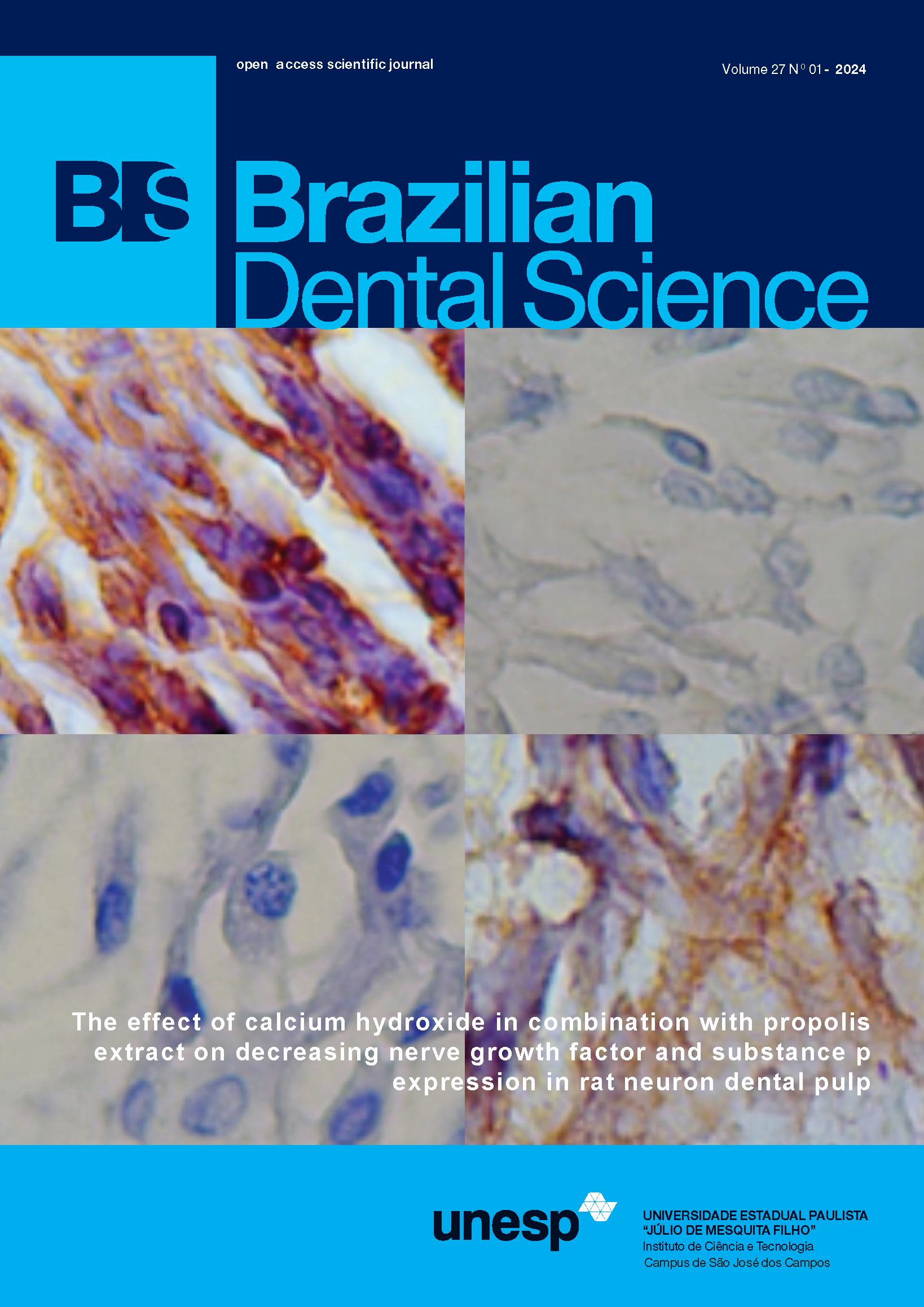Is scanning under rubber dam isolation a feasible approach for the execution of indirect restorations?
DOI:
https://doi.org/10.4322/bds.2024.e4099Abstract
Objective: The aim of the study was to report the aplicability of intraoral scanning while rubber dam isolation is in place. Material and Methods: Female patient, 50 years old, required restorative procedures on teeth 35 and 37. An intraoral scan was initially performed on both arches. Isolation was carried out from 33 to 37, tooth preparation and immediate dentin sealing were carried out. A new scan with the rubber dam in place was performed and a CAD/CAM lithium disilicate hybrid block was digitally designed, milled, crystallized and cemented under the tooth surface with the rubber dam still in position. After completing this stage, the rubber dam was removed, the occlusion was verified, presenting excellent aesthetic and functional results. Results: The absolute isolation process used in the present study works as an excellent device for gingival retraction. Conclusion: The absolute isolation can be recommended in clinical activities of intraoral scanning favoring the quality of the final result of treatments.
KEYWORDS
CAD/CAM; Denture precision attachment; Digital technology; Mouth rehabilitation; Rubber dams.
Downloads
Published
How to Cite
Issue
Section
License
Brazilian Dental Science uses the Creative Commons (CC-BY 4.0) license, thus preserving the integrity of articles in an open access environment. The journal allows the author to retain publishing rights without restrictions.
=================




























